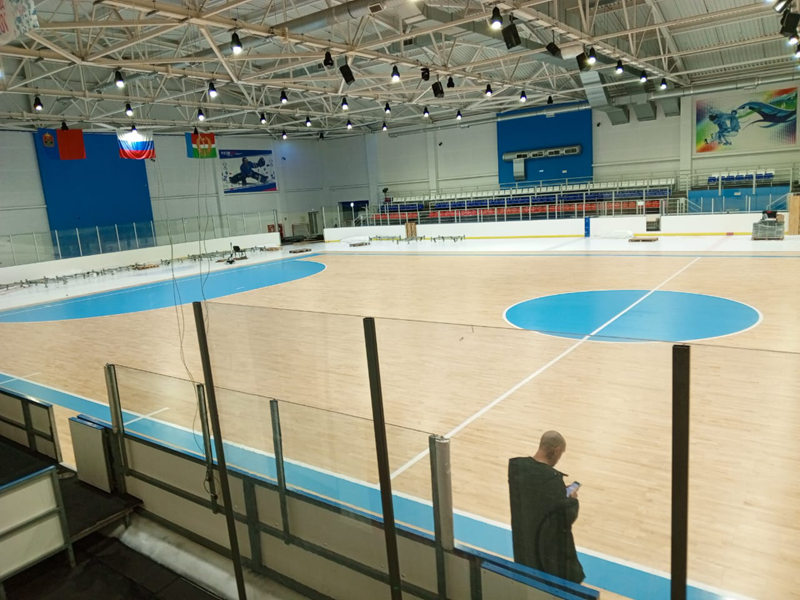In an era where sustainability is a growing concern, the environmental impact of indoor basketball court wood flooring has come under scrutiny. While wood is a renewable resource, the sourcing, processing, and disposal of wood flooring can have significant environmental consequences if not managed responsibly.
The sourcing of wood for basketball court flooring must prioritize sustainable forestry practices. This means selecting wood from certified forests that adhere to strict environmental standards, such as those set by the Forest Stewardship Council (FSC). By choosing FSC-certified wood, facility managers can ensure that their flooring comes from responsibly managed forests that promote biodiversity, protect water resources, and respect the rights of indigenous peoples.
During the processing stage, it is important to minimize waste and energy consumption. Advanced manufacturing techniques, such as precision cutting and optimized drying processes, can reduce the amount of wood that goes to waste and lower the carbon footprint of the production process.
At the end of its life cycle, wood flooring can be recycled or repurposed, further reducing its environmental impact. Recycling wood flooring involves breaking it down into smaller pieces that can be used in other applications, such as furniture or mulch. Repurposing, on the other hand, involves giving the flooring a new life in a different setting, such as a community center or school gym.
In conclusion, while indoor basketball court wood flooring has an environmental impact, it can be managed responsibly through sustainable sourcing, efficient processing, and end-of-life recycling or repurposing. By making informed choices, facility managers can contribute to a more sustainable future for the sport of basketball.

Leave a Reply